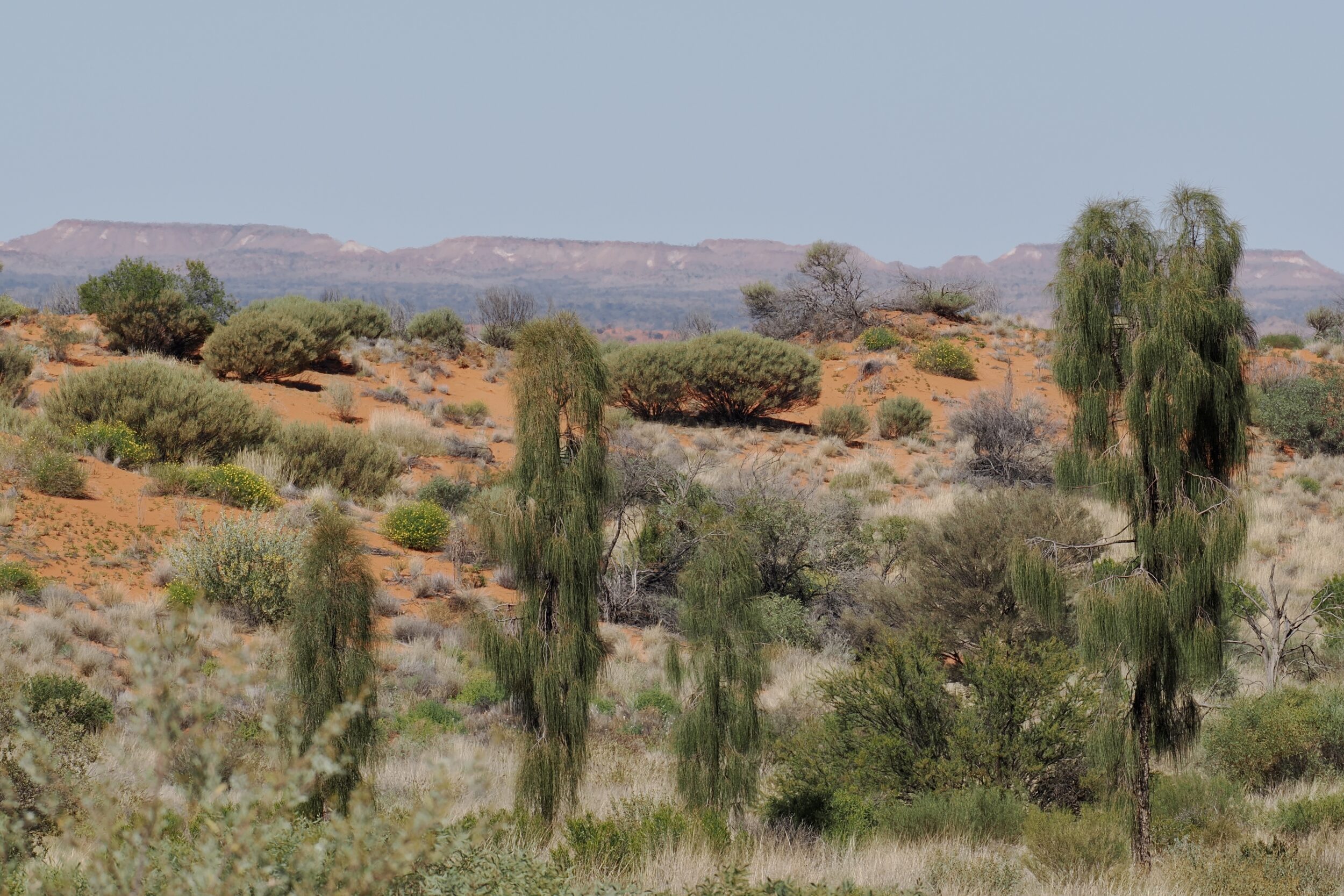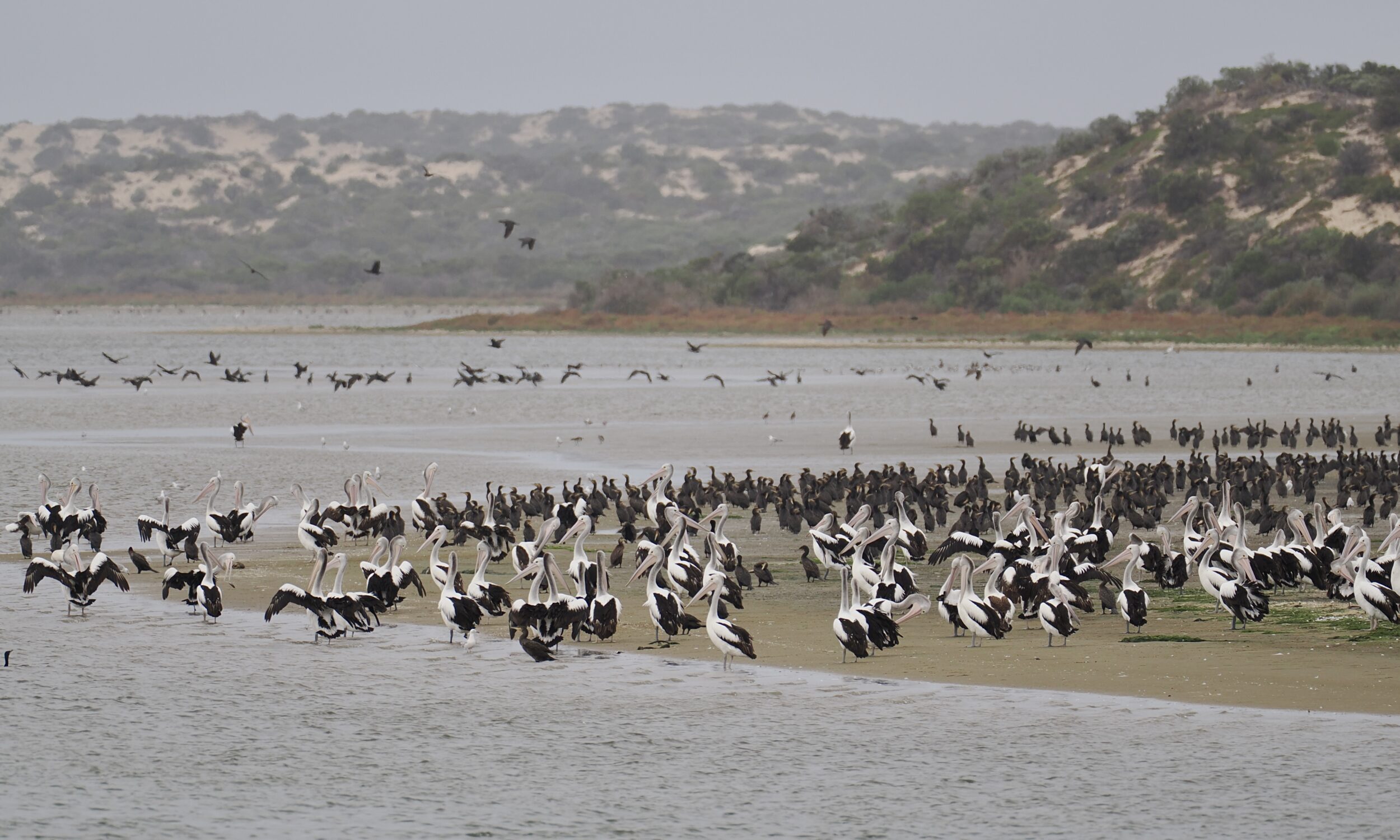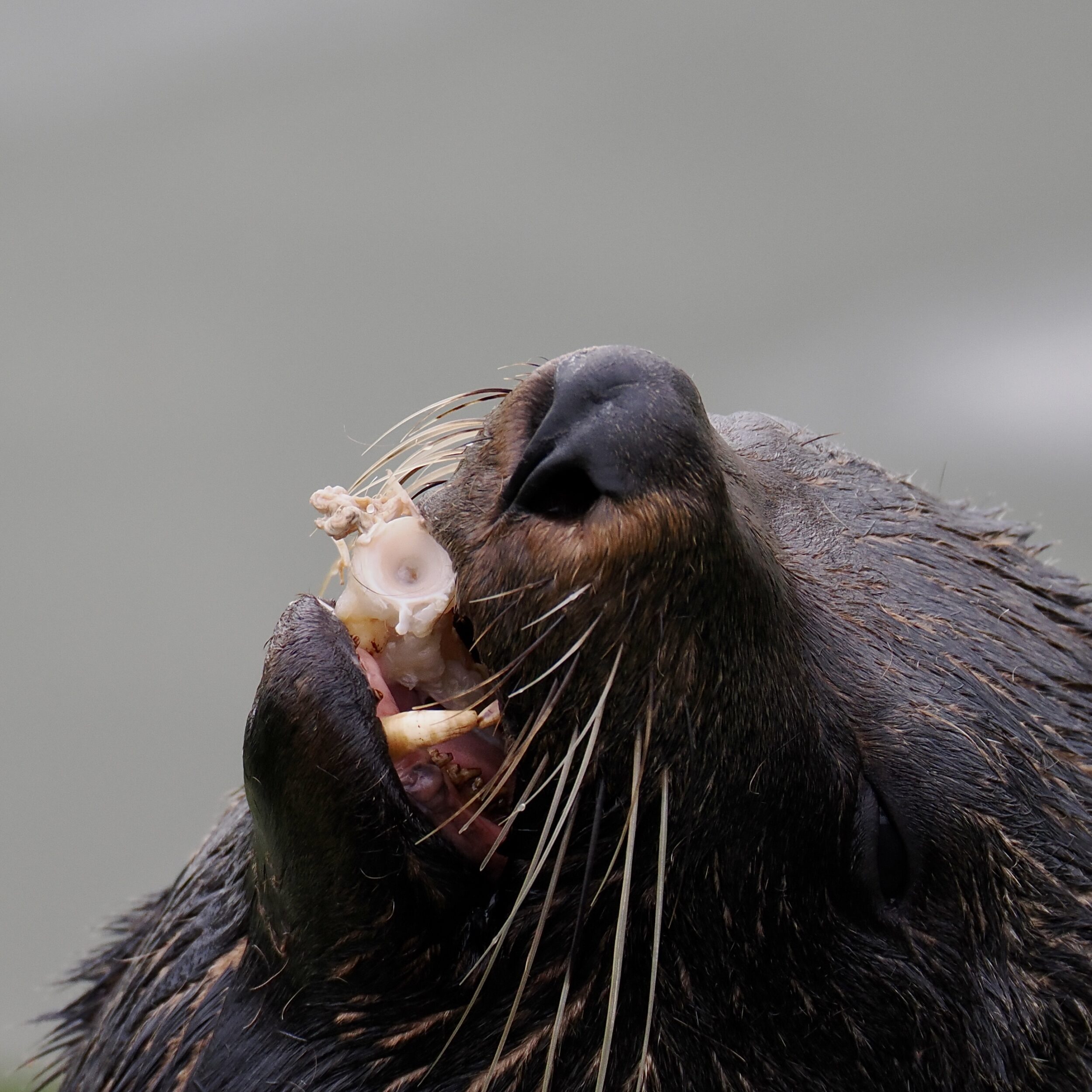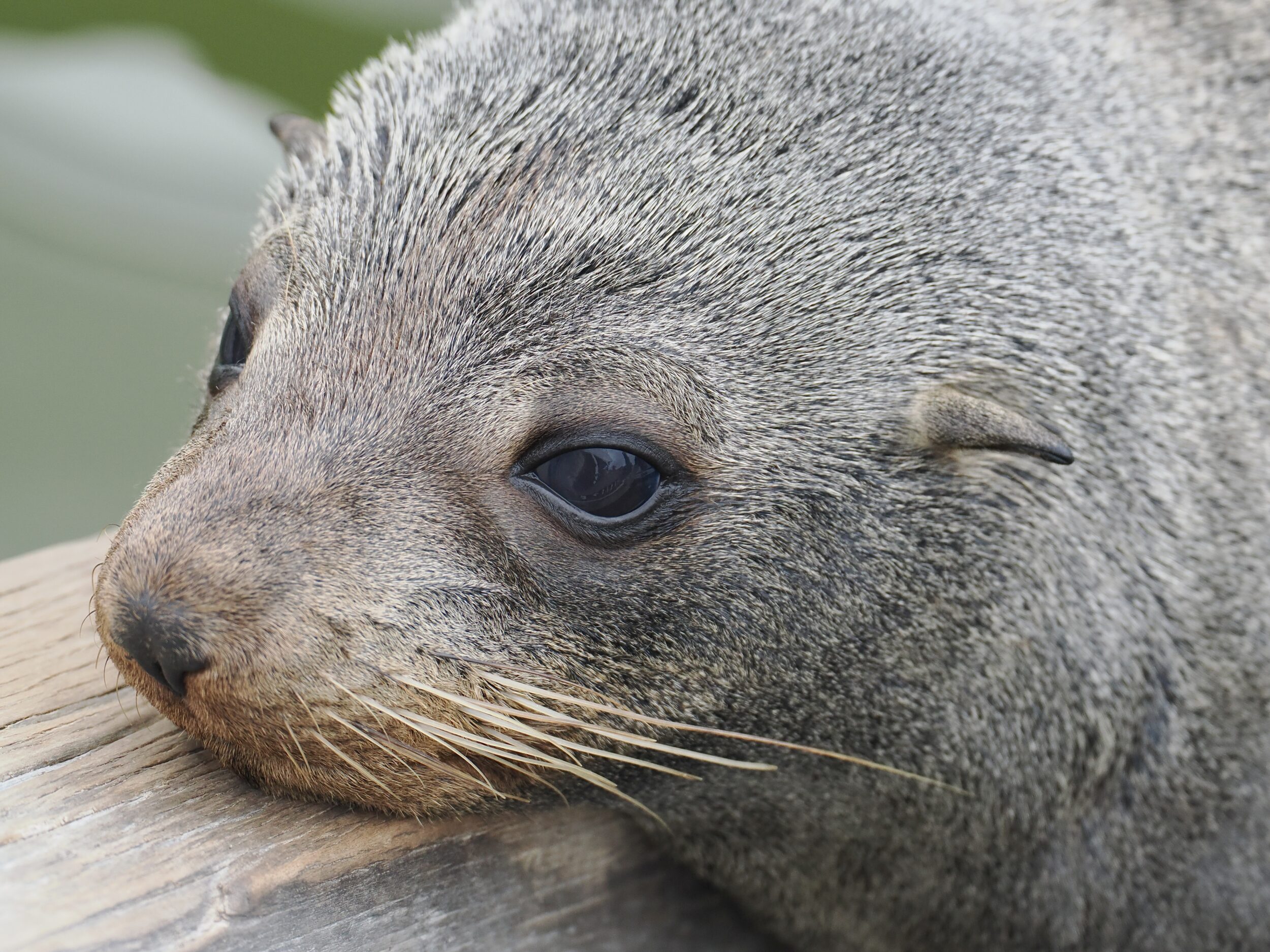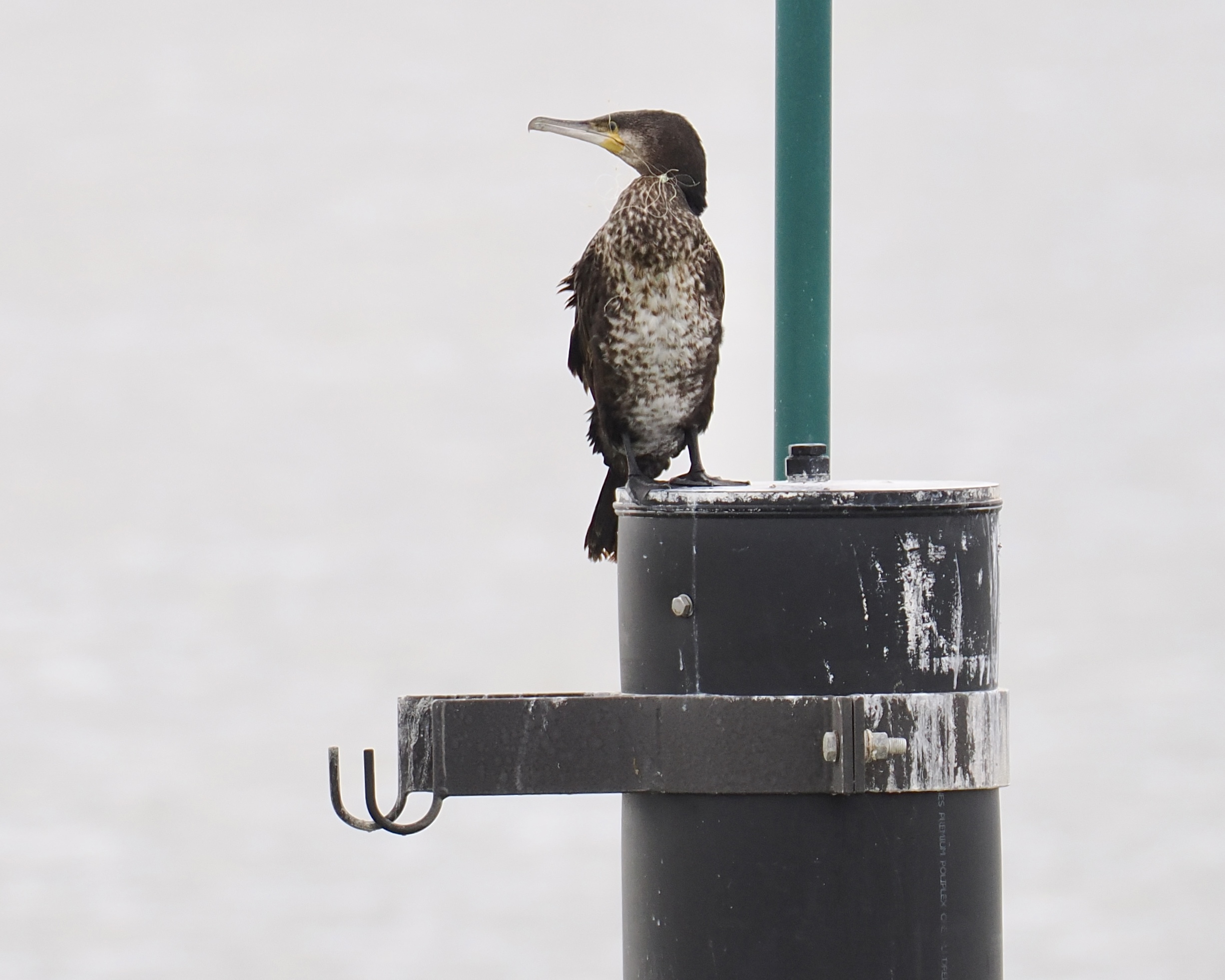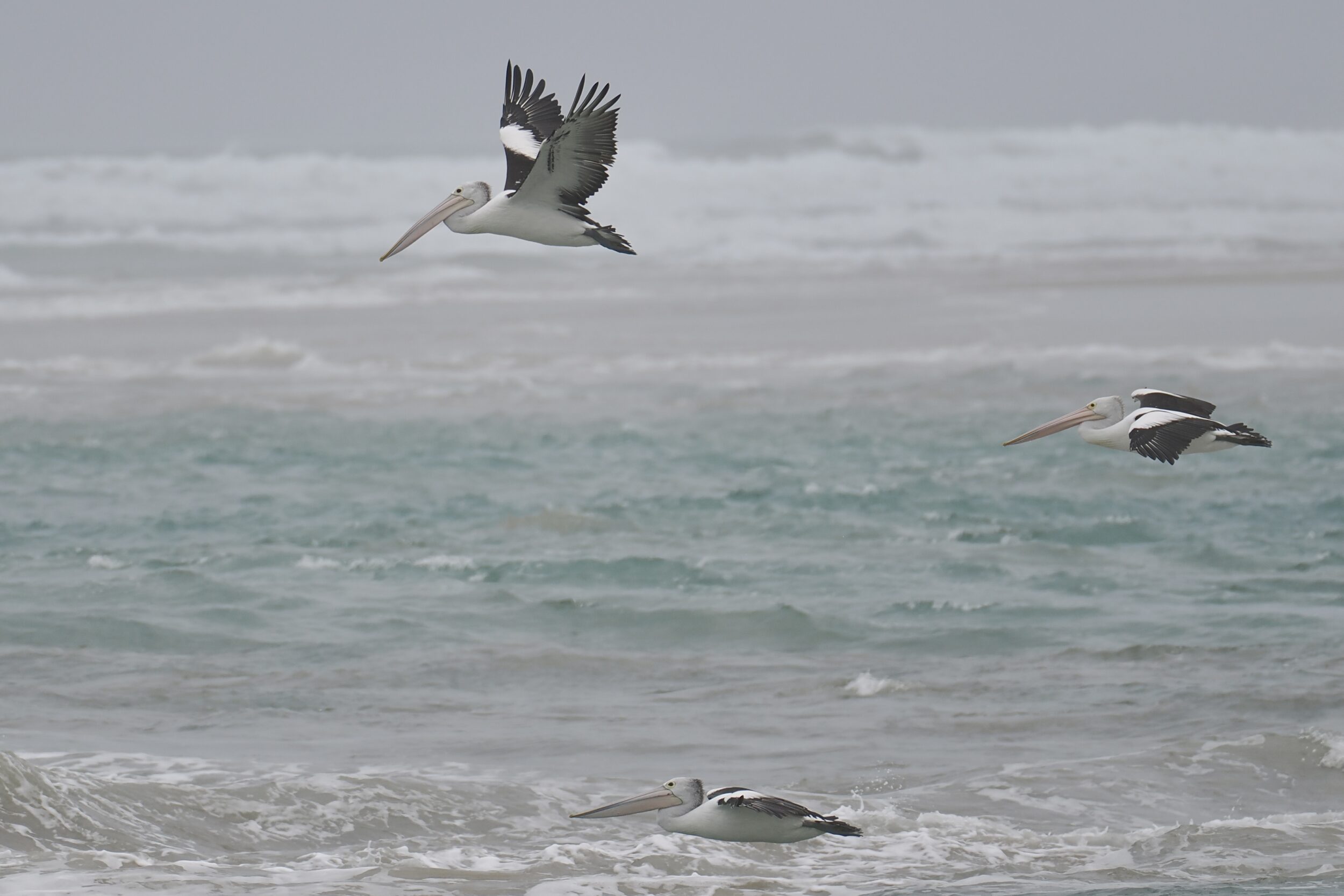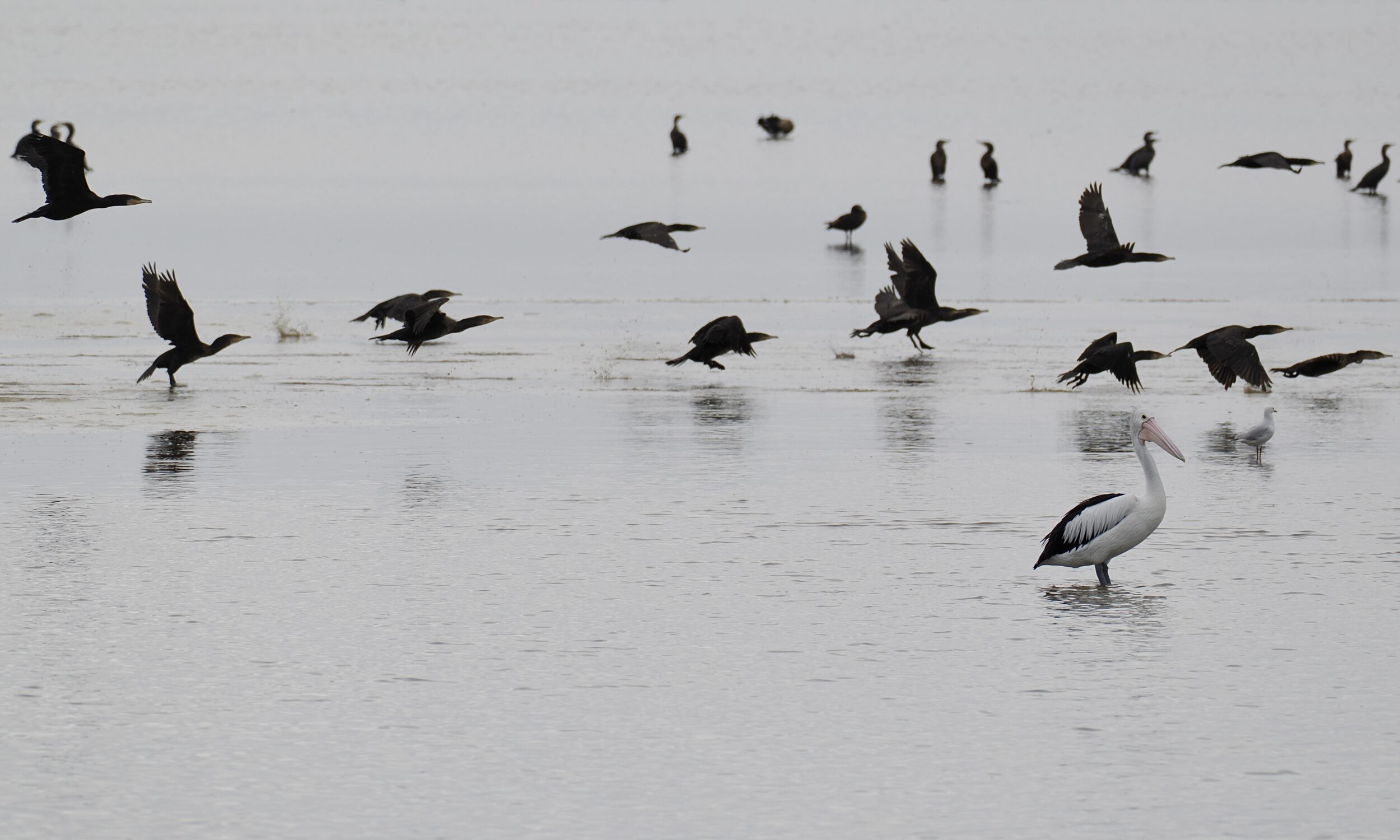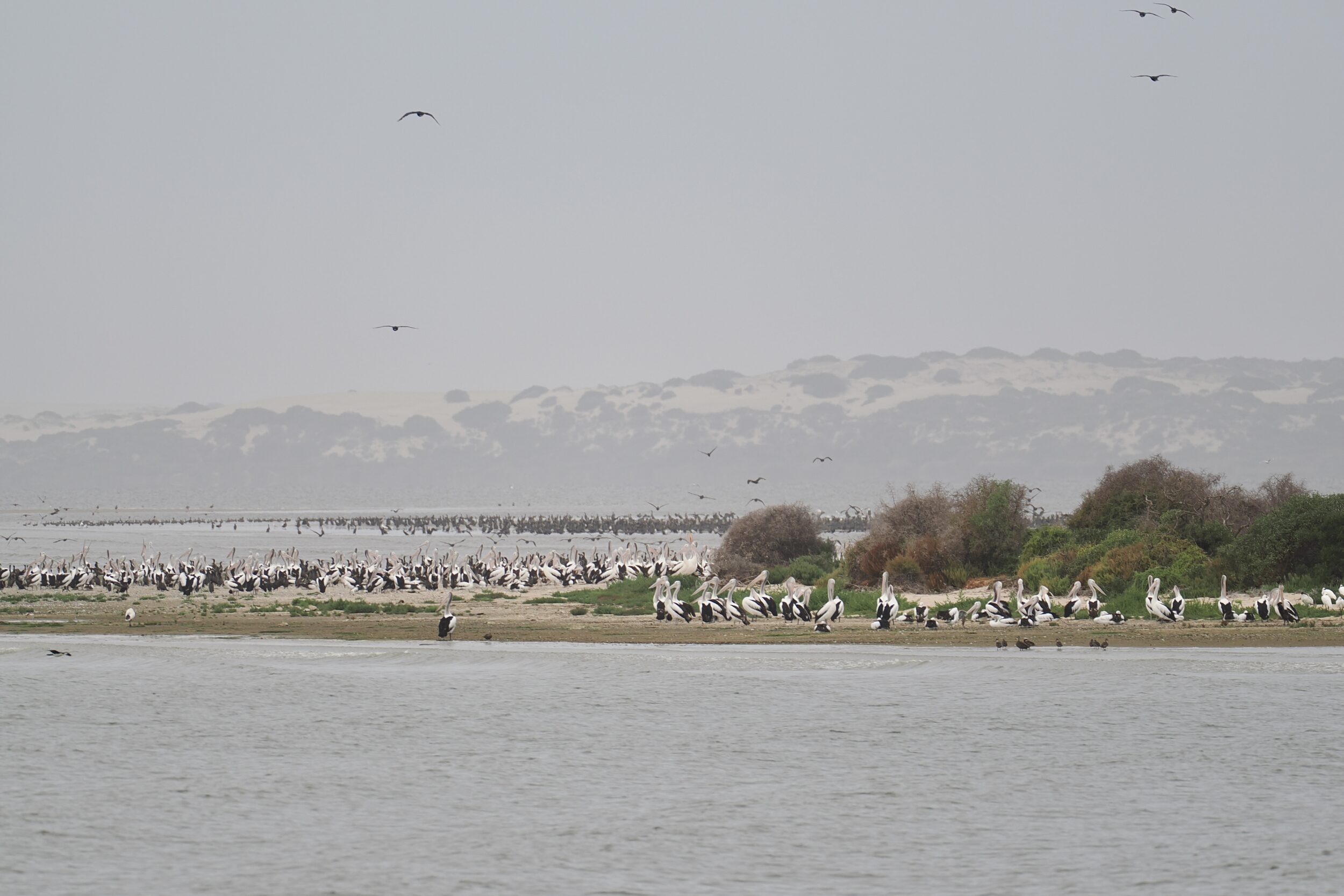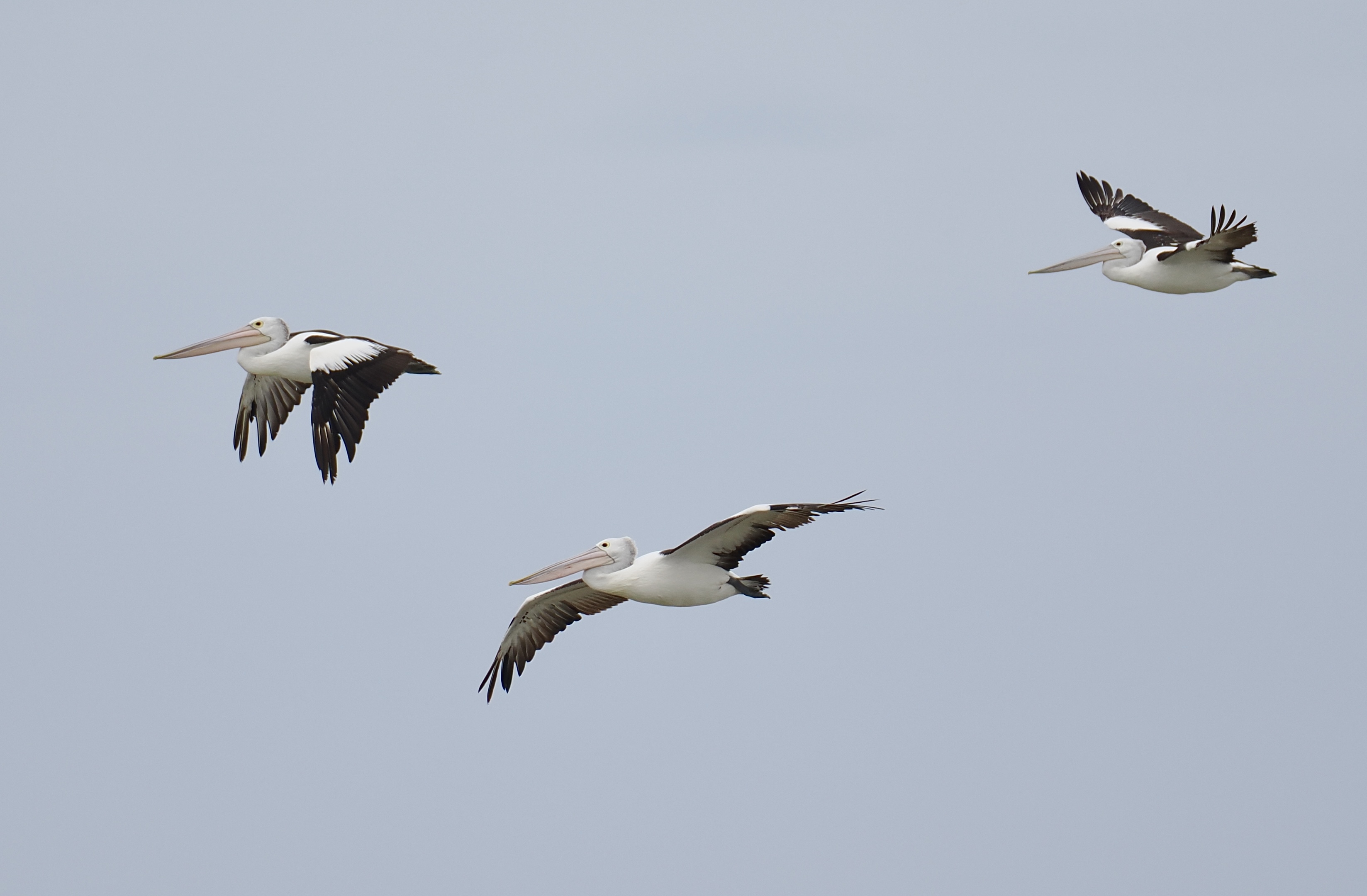By their very nature, sandy soils are “poor” – low in nutrients and unable to retain much moisture.
Yet in some places where rain often falls and the sun often shines – including some of Amazonia and parts of the world’s largest sand island – rainforest flourishes.
That island is Australian. (Queensland’s Fraser Island/K’gari)
So too is this post’s sandy, “desert” location, which is circa 900 kilometres distant from any ocean’s shore.
Even an ignoramus would never mistake the Simpson Desert for rainforest, but s/he would almost certainly be hugely surprised to discover just how beautifully vegetated is so much of it. (as are a great many other sandy, “arid” Australian places)
Comments closed